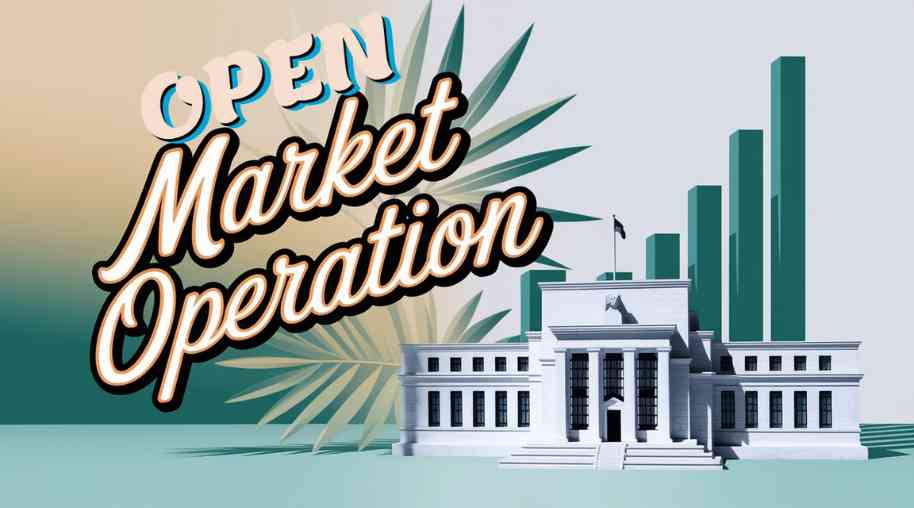SAFTA Full Form South Asian Free Trade Agreement
by Shashi Gaherwar
0 1961
South Asian Free Trade Agreement: Enhancing Economic Integration in South Asia
The South Asian Free Trade Agreement (SAFTA) is a trade agreement aimed at promoting economic cooperation and integration among South Asian Association for Regional Cooperation (SAARC) member countries. Implemented in 2006, SAFTA seeks to eliminate trade barriers, enhance cross-border trade, and drive regional economic growth.

Objectives of SAFTA
SAFTA was established to achieve several key objectives:
- Reduction of Tariffs: Gradual elimination of customs duties and other trade barriers among member nations.
- Promotion of Intra-Regional Trade: Encouraging trade between SAARC countries to boost economic ties.
- Standardization of Trade Practices: Harmonizing trade policies and regulations for a smoother flow of goods and services.
- Strengthening Economic Cooperation: Facilitating joint ventures, technology transfer, and investments.
- Enhancing Competitiveness: Creating a competitive regional trade environment to attract foreign investments.
Member Countries of SAFTA
SAFTA includes the following SAARC nations:
- Afghanistan
- Bangladesh
- Bhutan
- India
- Maldives
- Nepal
- Pakistan
- Sri Lanka
Key Provisions of SAFTA
- Tariff Reduction Mechanism: SAFTA mandates a phased reduction of tariffs, with Least Developed Countries (LDCs) receiving special trade concessions.
- Sensitive List of Goods: Each country maintains a list of sensitive goods that are exempt from tariff reductions to protect domestic industries.
- Technical Assistance to LDCs: Developed members like India, Pakistan, and Sri Lanka provide technical and financial assistance to LDCs to enhance their trade capabilities.
- Trade Facilitation Measures: SAFTA promotes simplification of customs procedures, harmonization of standards, and elimination of non-tariff barriers.
Benefits of SAFTA
- Increased Regional Trade: By reducing tariffs and trade restrictions, SAFTA has boosted trade among South Asian countries, leading to higher economic growth.
- Enhanced Economic Integration: A free trade environment fosters stronger economic ties, encouraging cooperation and joint ventures.
- Consumer Benefits: Lower tariffs lead to reduced costs for imported goods, providing consumers with more affordable products and greater choices.
- Industrial Growth: SAFTA promotes industrialization by enabling access to larger regional markets for manufacturers and exporters.
Challenges Faced by SAFTA
- Political and Diplomatic Issues: Tensions between certain member countries, particularly India and Pakistan, have hindered full implementation of SAFTA’s provisions.
- Non-Tariff Barriers: Despite tariff reductions, restrictive trade practices such as licensing requirements and border inspections continue to limit trade.
- Asymmetry in Economic Development: There are significant disparities in economic development among member nations, making it difficult to ensure fair trade benefits.
- Slow Implementation: Many SAFTA provisions have been implemented gradually due to bureaucratic delays and lack of political will.
Future Prospects of SAFTA
For SAFTA to achieve its full potential, the following measures need to be taken:
- Harmonization of Trade Policies: Standardizing trade regulations to minimize non-tariff barriers.
- Strengthening Trade Infrastructure: Improving transport, logistics, and customs processes to facilitate trade.
- Enhancing Political Cooperation: Resolving geopolitical conflicts to promote seamless trade relations.
- Expanding Trade Agreements: Extending SAFTA’s scope to include services and digital trade.
The South Asian Free Trade Agreement is a crucial step towards economic integration in South Asia. While challenges persist, SAFTA has the potential to transform regional trade and economic cooperation. By addressing existing barriers and fostering stronger collaboration, SAFTA can play a pivotal role in making South Asia a competitive and economically prosperous region in the global market.
Further Learning Resources
If you’re passionate about building a successful blogging website, check out this helpful guide at Coding Tag – How to Start a Successful Blog. It offers practical steps and expert tips to kickstart your blogging journey!
For dedicated UPSC exam preparation, we highly recommend visiting www.iasmania.com. It offers well-structured resources, current affairs, and subject-wise notes tailored specifically for aspirants. Start your journey today!

Share:








Comments
Waiting for your comments